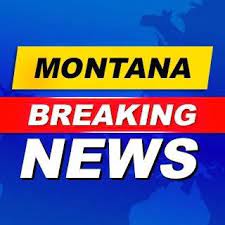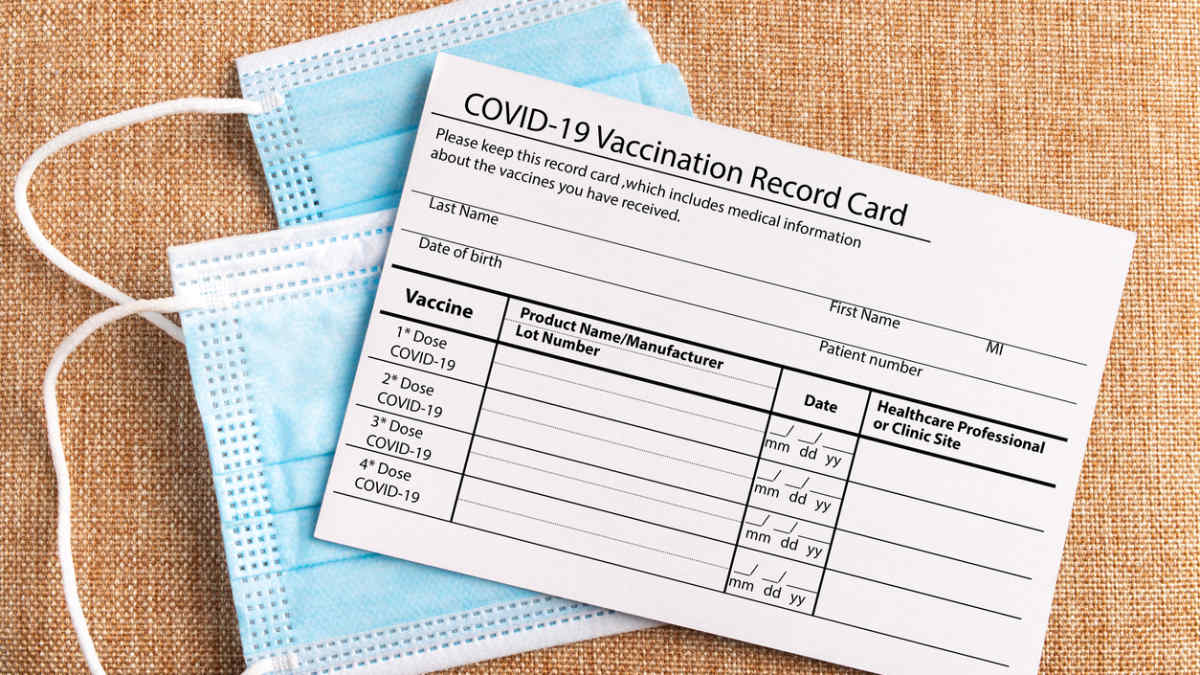 Holiday Party?!
Holiday Party?!
Remember the good old days of the office holiday party? We thanked employees, recognized accomplishments, looked to a bright future, ate, drank and were merry. Similar to a hybrid workplace, holiday parties should become hybrid. So prepare now to celebrate in different ways – remotely, in-person safely or somewhere in between. Here are five expert tips on how to make it happen.
- Get feedback – Find out what your people want. Some are likely comfortable – actually, really want – to be in person and celebrate again. Getting feedback shows that leadership values what employees would like to do. Asking the details on inviting kids or a date night, or possibly paying for childcare.
- Include every holiday – Be sure to include all the holidays relevant to your workforce in celebrations. Make a point to reference each holiday as the year-end celebrations are being planned – or keep it entirely secular.
- Give them gifts – Nearly three-quarters of employees said they didn’t receive a holiday gift from their employer last year, according to a Snappy survey. Some organizations still don’t realize how important it is to show appreciation to their employees for all their hard work. This is especially ideal if you choose to can the office party. A common gift that’s (hopefully) useful to all employees shows appreciation without demanding employees’ time or putting anyone in an uncomfortable situation.
- Look forward – Use any kind of celebration as a means to move forward.
- Even if the main focus of your holiday gathering is fun, ask a leader to address the group briefly – no more than three minutes – on what matters most going forward and why. Be sure to celebrate successes and accomplishments responsibly.
 Hiring and Benefits Costs Hit 16-Year Highs
Hiring and Benefits Costs Hit 16-Year Highs
U.S. labor costs in Q3 2021 increased by the biggest margin since 2001 as companies boosted wages and benefits amid a severe worker shortage, suggesting inflation could remain high for some time. The Employment Cost Index (ECI), the broadest measure of labor costs, surged 1.3 percent in Q3 2021 after rising 0.7 percent in the quarter before, the Labor Department said in October. It marked the largest gain in 20 years. Additionally, U.S. employers were expecting their group health plan premiums to increase, on average, around 5 percent in 2022, even after taking cost-management initiatives into account, according to recent employer surveys by several HR consultancies.
As companies are paying more to recruit and retain workers, they are also struggling to find applicants. The COVID-19 pandemic has upended labor market dynamics, creating an economy-wide acute shortage of workers that nearly all industries are facing. According to a Gallup study in July, 48 percent of employees are actively looking for their next role and 1 in 4 will find a new role in the next six months.
Meanwhile, the most recent unemployment claims report for the week that ended Nov. 20 noted the lowest number of new claims—199,000—recorded in more than 50 years.
Yet while there is a record low number of people claiming unemployment, there also were 10.4 million job openings at the end of September (1.4 for each employee seeking work), and a record-setting 4.4 million people quit their jobs that month, either leaving the workforce or choosing to work elsewhere. Switching jobs can pay off: A September study by Zippia Research showed that after switching jobs, salary increases 14.8 percent on average and wage growth rises 5.8 percent.
Workers between the ages of 25 and 34 receive the highest wage increase, at 9.8 percent. The bigger the company, the larger the pay raise: Companies with more than 1,000 employees offer an average pay raise of 6.9 percent. Leaders at companies facing soaring wage and recruitment expenses say the rate of increases is something they’ve never seen before. Hiring costs for companies aren’t boosted by inflation; rather, they are more affected by the lack of available workers and turnover. Moral of this story … hang on to your people and make SURE they’re happy!
 Changes to the Montana Wrongful Discharge Act
Changes to the Montana Wrongful Discharge Act
The Montana Wrongful Discharge from Employment Act (WDFEA) was updated effective March 31, 2021 with the following changes:
- The termination probationary period was amended to extend from 6 months to 12 months. The WDFEA also now allows employers to use a termination probationary period of 12 to 18 months and allows employers to extend the probationary period for the period an employee has taken a leave of absence.
- The definition of “good cause” termination in MT Code Sec. 39-2-903(5) is amended to include the “employee’s material or repeated violation of an express provision of the employer’s written policies.”. An employer also has the “broadest Discretion when making a decision to discharge any managerial or supervisory employee.”
Additionally, wrongful discharge for violation of an employer’s personnel policies must be a material violation, before discharge, and must have deprived the employee of a fair opportunity to remain employed. In addition, an employer must now notify employees of its internal grievance procedure within 14 days from the date of the employee’s discharge by sending notice of these procedures to an employee’s last known postal or email address.
 COVID Corner
COVID Corner
Face Masks: Montana Department of Health and Human Services, Gallatin Country Health Department and the Centers for Disease Control recommend everyone (regardless of vaccination status) wear a face mask while in indoor settings, especially public indoor settings, due to high transmission levels.
Vaccinations: Montana HB 702, passed in May, recognizes an individual’s vaccination status as a protected category. HB 702 also prohibits employers from requiring employees to disclose their immunization status and bars employers from requiring employees to receive vaccines or possess an immunity passport. Violations and/or complaints of HB 702 are investigated through the Montana Human Rights Bureau, a division of Montana Department of Labor and Industry.
Vaccine Mandates: OSHA’s Emergency Temporary Standard (issued November 5th, 2021) requiring employers with 100 or more employees to mandate COVID vaccinations has been put on hold. While OSHA remains confident in its authority to protect workers in emergencies, OSHA has suspended activities related to the implementation and enforcement of the ETS pending future developments in the litigation.